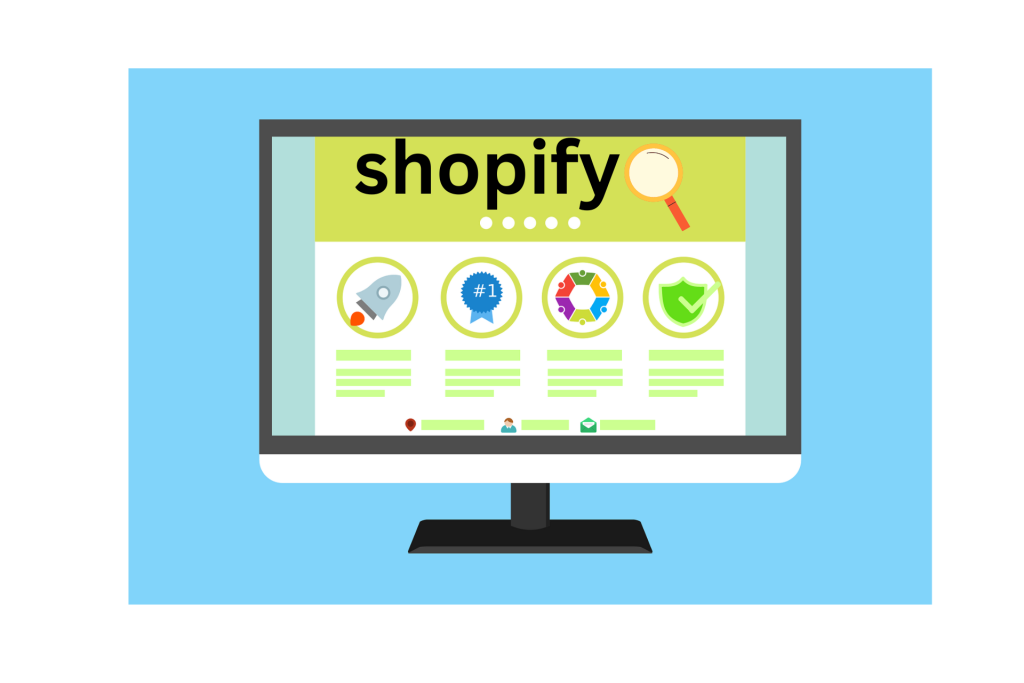5 Shopify UX Design Best Practices
You’ve just created your first online store using Shopify Plus. Or perhaps your site has been active and profitable for a while. No matter where you are in your eCommerce journey, we’ll presume that you have the basic structure of your site put up at this point and maybe want to focus more on the user experience.
The term “user experience” (UX) pretty much means what it says on the tin. The customizations in this area are centred on the user, or your clients, and how they are utilising and interacting with your website. To prevent any hiccups or uncertainty during the client journey, you want this experience to be as fluid and intuitive as possible. When someone visits your website, they should be able to easily move from point A (browsing things they like) to point B (putting those products to their cart), and then to point C (completing their checkout).
Now, when it comes to creating your Shopify Plus site, we constantly advise leaving the implementation to a professional. However, one of the best features of Shopify Plus is that, in terms of UX, it’s a typically simple platform. The first step is to choose one of the numerous design themes that Shopify Plus offers. Many of the themes have already addressed many potential UX problems in advance.
The majority of what we’re going to talk about here, then, will be about the Shopify Plus user experience and how to fully customise Shopify Themes for your audience. Continue reading to learn five UX design hacks for your Shopify Plus website.

Verify the theme’s page speed.
The page speed of your Shopify Plus theme should be evaluated first. This is a gauge of how quickly your page’s content loads and how long it takes the user to really view the page. This needs to be evaluated right away so that you can build a stronger foundation for your site. If possible, evaluate this before settling on a theme. Not all Shopify themes are created equal, and some will perform better than others in terms of site or page speed.
Online tools like Google PageSpeed Insights or Lighthouse can be used to check the speed of your page. Google PageSpeed evaluates your site’s speed by assigning it a colour (red is slower, green is quicker). The more like green your colour is, the better. You receive a score from Lighthouse, which is also accessible through Shopify’s dashboard, and it compares you to other stores in a similar niche. Always strive to reach higher levels.
Remember that a variety of factors will ultimately influence how quickly your website loads. You will inevitably become slower as you make customizations and add apps. This is why it’s crucial to evaluate this up front. Start with a theme that has a faster site speed if you know you’ll need to put on a variety of apps to manage company requirements.
Create a user flow map
Ideally, you should complete this step before choosing your Shopify Plus theme. It’s crucial to remember that user experience is never a one-size-fits-all proposition. It must to be tailored to your business, your merchandise, and your clientele.
Map out your user flows as a first step before beginning any other design-related work. A user flow is essentially a diagram that depicts the whole path a user will take while on your website. This depicts their entire journey in detail, from beginning to end (much as when we discussed travelling from point A to point B to point C).
Compare this flow to the Shopify Plus themes you are considering once you are aware of the steps your user will take on your site. Make sure the one you select is compatible with the tasks that, in accordance with your flow, your clients must be able to do. You will find it simpler and require less customisation as a result when designing the rest of your website.
Prioritise the functional requirements
This following hack complements mapping out your user flows and should be taken into account when choosing the best theme for your website. Make a list of the functionality requirements you’d like your site to meet. This might be anything, from video functionality to product catalogue filtering choices. You can also get assistance from a trained UX designer for Shopify Plus in this area.
Site architecture organisation
This crucial phase should be carefully tailored to your intended audience. Don’t be hesitant to get precise as you concentrate on the customers you want to reach. Use previous site data, heat maps, or other customer information to guide your targeting and serve as the foundation for your new site’s architecture. Based on that, your website’s structure ought to be.
Make sense of it and arrange it accordingly. Your primary navigation should centre on the broad categories before moving on to the filters, which let customers specify more precisely what they’re looking for. Depending on the scope and variety of your store’s catalogue, this will vary. Your customer should be able to easily navigate.
The navigation on Shopify Plus follows this natural flow:
Homepage > Collection Page > Product Detail Page > Checkout
Allow guests to check out
Our final, although by no means least, UX design tip is rather obvious: Create a guest checkout option in Shopify Plus’ backend. This is one task that is simple to complete and is crucial to the user experience.
The truth is that not everyone will want to create an account or enter all of their information to place a purchase. Due to the fact that many of your consumers won’t be regular buyers, a guest checkout allows them the ability to still make a purchase while putting less pressure and commitment on their end.
Overall, these “hacks” are intended to not only improve the user experience on your site but also to make your life a little simpler when it comes to developing a site that accomplishes your objectives. The good news is that the platform Shopify Plus does the majority of the work for you. Simply determine what’s most important to you and your client, and Shopify will take care of the rest. Additionally, this procedure is made even more simplified and straightforward when you hire a Shopify Plus accredited company to create your eCommerce website. Find out how to select the ideal Shopify Plus agency for your company.

